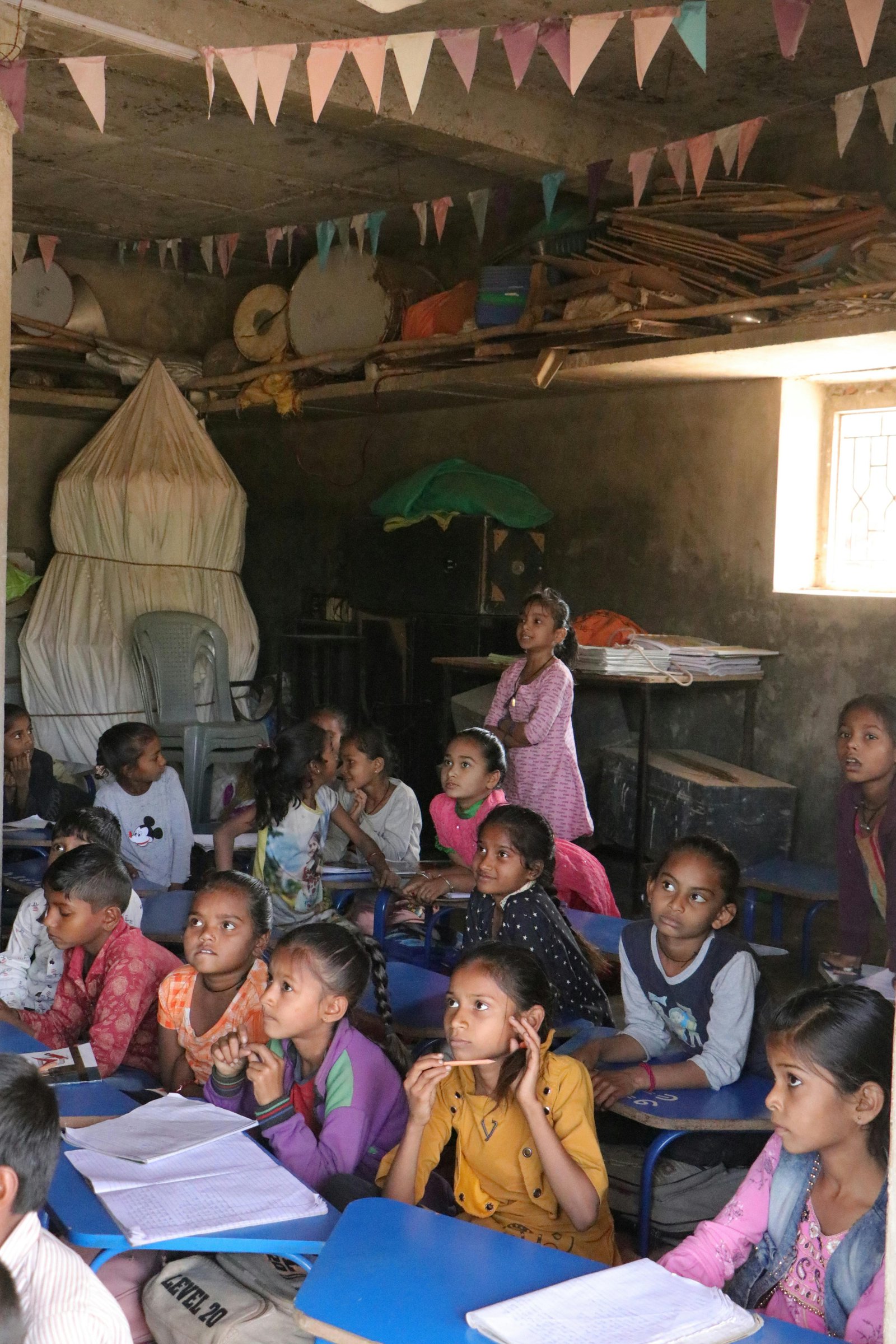At Cubiccode Education Foundation, we believe that foundational learning during the elementary years is critical to shaping a child’s future. Our programs are designed to ensure that every child not only attends school but also meaningfully learns, engages, and thrives academically and socially.According to various education surveys, a significant proportion of children in elementary school struggle with basic reading and arithmetic skills. This learning gap limits their ability to engage with higher-order concepts and academic progress. We aim to bridge this gap through inclusive, innovative, and evidence-based interventions.



Our approach is rooted in the "Learn by Doing" philosophy. We have developed a unique activity-based teaching methodology that brings classrooms to life. Inspired by global best practices, our CAML Method (Child-centric Activities for Meaningful Learning) empowers educators to transform traditional instruction into interactive learning experiences.We use stories, games, visual aids, and group-based activities to strengthen foundational literacy and numeracy. Children are not passive learners—they are curious explorers. Our method encourages participation, cooperation, and creativity, making learning a joyful journey


